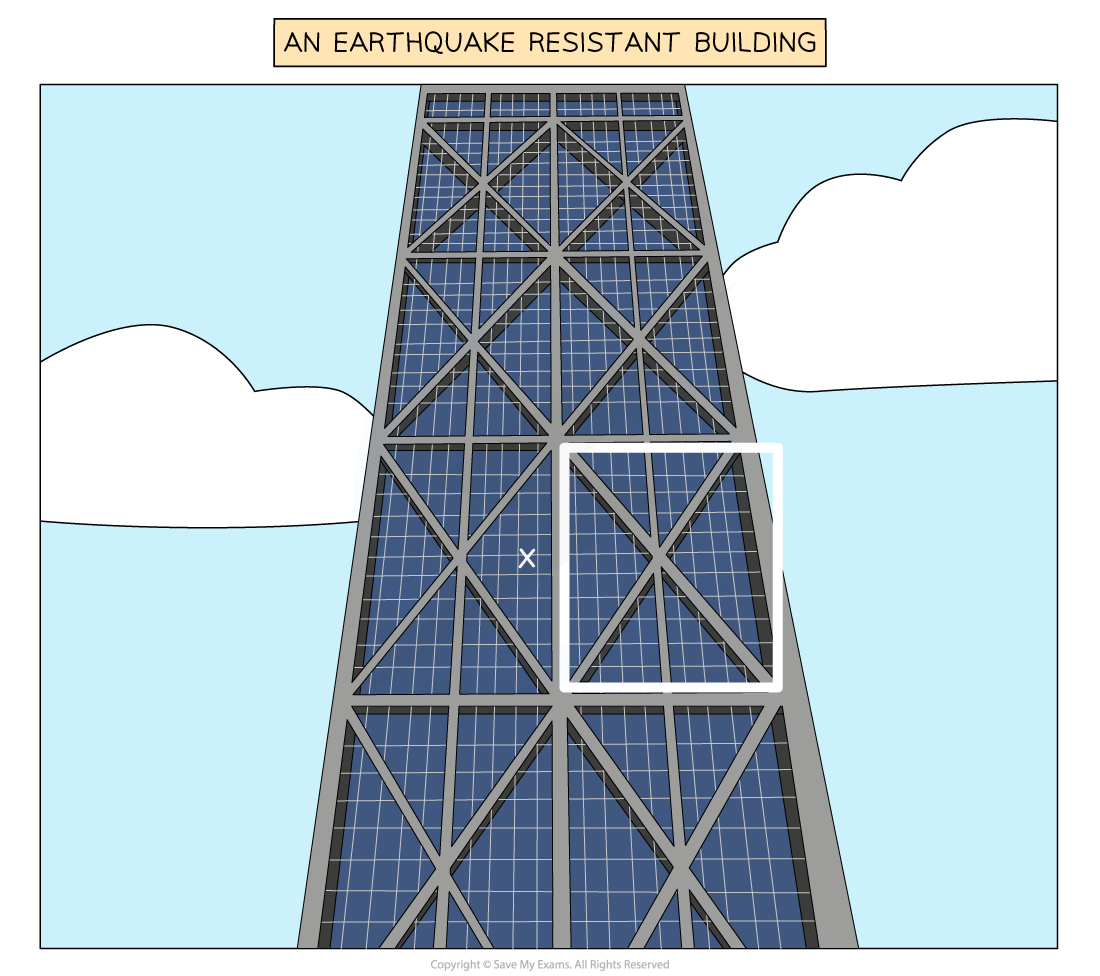Warning & Evacuation
- Accurate prediction of earthquakes is not currently possible but monitoring is
- Many different methods of monitoring are being used to help research possible prediction methods:
- Tiltmeters - which monitors ground changes
- Clusters of small earthquakes
- Changes in radon gas emissions
- Changes in animal behaviour
- Remote sensing of ground movement using satellites


